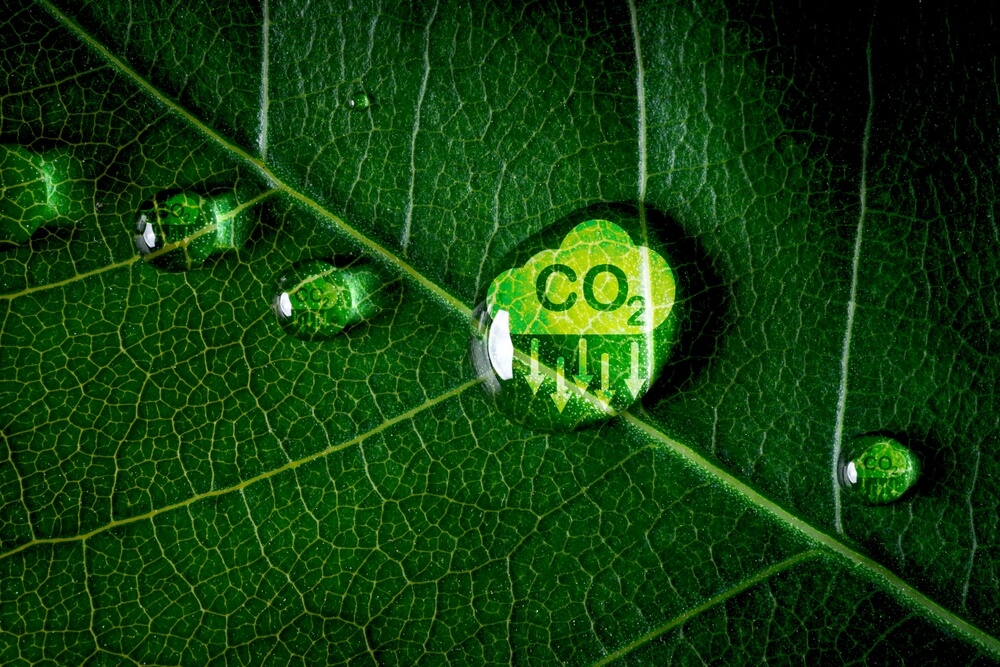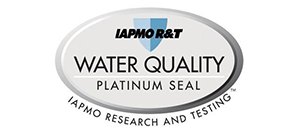Why Temperature Matters When Using Activated Carbon for Water Filtration
Your daily shower should be a rejuvenating experience—a moment of tranquility where you can wash away the day’s stress. However, if you’re using activated carbon for water filtration in your shower and your water temperature exceeds 40°C (104°F), you may be unknowingly exposing yourself to significant health risks that contradict the very reason you installed a carbon filtration in the first place.
Activated carbon for water filtration stands as one of the most popular purification methods worldwide, renowned for its exceptional ability to remove chlorine, volatile organic compounds (VOCs), and numerous other contaminants. Yet, its effectiveness dramatically changes under high-temperature conditions—a critical factor many homeowners and even some installation professionals overlook.
The Science Behind Activated Carbon for Water Filtration
Before diving into the risks, it’s important to understand how activated carbon for water filtration actually works. Activated carbon contains millions of microscopic pores that create an enormous surface area within a small volume. A single gram of activated carbon can have a surface area exceeding 3,000 square meters—equivalent to approximately half a football field.
This extensive surface area enables activated carbon to capture contaminants through a process called adsorption, where molecules adhere to the carbon’s surface rather than being absorbed into it. The carbon’s surface chemistry creates attractive forces that bind pollutants while allowing clean water to pass through.
However, this remarkable adsorption ability is highly temperature-dependent—a scientific reality that manufacturers rarely emphasize on product packaging.
Four Critical Risks of Using Activated Carbon for Water Filtration in Hot Water
1. Thermal Desorption: When Your Filter Becomes the Contamination Source
When water temperatures climb above 40°C (104°F), activated carbon for water filtration begins to experience a phenomenon called thermal desorption. According to research published in the Journal of Environmental Engineering, the adsorption capacity of activated carbon decreases by approximately 50-70% when water temperature increases from 20°C to 40°C.
At elevated temperatures:
- The kinetic energy of water molecules increases
- Previously trapped contaminants break their bonds with the carbon surface
- These released pollutants re-enter your water supply and the steam you inhale
The Environmental Working Group (EWG) has documented cases where previously adsorbed pesticides, pharmaceutical residues, and industrial chemicals were released back into water systems due to thermal desorption in activated carbon filters.
Breathing contaminated shower steam creates a direct pathway for these toxins to enter your bloodstream through your lungs—bypassing your body’s digestive filtration systems and potentially causing:
- Acute respiratory irritation and inflammation
- Exacerbation of existing respiratory conditions like asthma
- Increased exposure to carcinogenic compounds
2. Accelerated Chemical Reactions: Creating More Dangerous Compounds
Hot water acts as a catalyst, significantly accelerating chemical reactions between residual disinfectants (like chlorine) and organic matter trapped in your activated carbon for water filtration system.
When chlorine—commonly used in municipal water treatment—reacts with organic materials at high temperatures, it creates disinfection by-products (DBPs) including trihalomethanes (THMs) and haloacetic acids (HAAs). The World Health Organization has classified several THMs, including chloroform, as probable human carcinogens.
A groundbreaking study in the Journal of Environmental Science and Technology found that exposure to THMs during a 10-minute hot shower can equal drinking 2 liters of the same water, due to:
- Increased volatilization of chemicals in hot water
- Enhanced dermal absorption through heat-expanded skin pores
- Direct inhalation of aerosolized compounds
This exposure has been linked to increased risks of:
- Liver and kidney dysfunction
- Reproductive abnormalities
- Certain types of cancer with long-term exposure
3. Microbial Proliferation: From Filtration to Contamination
Activated carbon for water filtration creates an ideal environment for bacterial growth at elevated temperatures. The porous structure that makes carbon effective for filtration also provides perfect microbial habitats when hot water degrades the carbon’s antimicrobial properties.
Research from the University of Arizona’s Department of Soil, Water and Environmental Science demonstrated that at temperatures between 40-60°C (104-140°F):
- Bacterial counts in activated carbon filters increased by up to 10,000-fold
- Pathogenic bacteria including Legionella pneumophila (causing Legionnaires’ disease) and Pseudomonas aeruginosa showed enhanced growth rates
- Biofilm formation accelerated, creating protective environments for microorganisms
The Centers for Disease Control and Prevention (CDC) has documented numerous cases where improperly maintained water filtration systems became sources of bacterial outbreaks in residential settings, particularly affecting:
- Immunocompromised individuals
- The elderly
- Young children with developing immune systems
4. Structural Degradation: Complete Filter Failure
The physical integrity of activated carbon for water filtration depends on maintaining stable temperature conditions. Carbon’s porous structure—essential for its filtering capability—undergoes significant degradation when exposed to temperatures exceeding 40°C (104°F).
According to materials science research from the American Water Works Association:
- Carbon particles can fracture under thermal stress
- Channel formation occurs as water seeks paths of least resistance
- The effective filtration surface area can decrease by up to 60%
Substances can pass through the degraded filter and directly onto your skin and into the air you breathe during your shower—precisely when your body is most vulnerable to absorption through heat-dilated pores.
The Balanced Approach to Water Filtration: Beyond Activated Carbon
While activated carbon for water filtration presents significant risks in hot water applications, this doesn’t mean you should abandon water filtration altogether. Instead, a scientifically sound approach requires understanding where and how to apply different filtration technologies.
The Two-Stage Protection Strategy
Water quality experts recommend a dual-approach system that addresses both biological and chemical concerns:
- Point-of-Entry Treatment: At your home’s water entry point, implement temperature-resistant filtration that reduces chlorine by 10-15%—not eliminating it entirely. This maintains a minimal disinfectant level needed to prevent bacterial growth in your plumbing system, as recommended by the CDC.
- Point-of-Use Treatment: For drinking and cooking water, install comprehensive under-sink systems that completely remove chlorine, heavy metals, and other contaminants at the tap where high-temperature exposure isn’t a concern.
How TipaTech’s Advanced Systems Protect Your Water Quality
TipaTech systems incorporate cutting-edge water filtration science to address these challenges with a comprehensive approach to whole-house water quality:
- Dual-Phase Chlorine Management: Chlorine – moderates smell and taste
- reduction rather than complete removal at point-of-entry, with comprehensive filtration at point-of-use.
- Helps reduce aerobic bacteria and parasites such as Giardia in the water.
- Releases air and Oxygen-derived gases. The T-18 is the only system in the world that successfully reduces Lead leakage from pipes and connectors inside your home.
- Reduces up to 99% of all scale deposits in all pipes and tanks in your home.
- Reduces the level of lead entering your home from your water supplier.
- Filters water down to a level of one micron (POE) significantly reducing intestinal parasites, such as giardia, rust and especially micro plastic fibers. Filters water down to a level of 0.007 micron (POU).
- Conditioning the water in your home which helps reduce dry skin and hair as well as makes your laundry softer without using any chemical products.
- Light and heavy metals
- Arsenic (agricultural spraying) and medications
- Provides cleaner and drinkable water in your home and improves its taste.
Conclusion: Making Informed Choices About Activated Carbon for Water Filtration
Activated carbon for water filtration remains an excellent technology when applied correctly and within appropriate temperature parameters. Understanding its limitations allows you to make informed decisions about your home’s water quality.
Remember these key points:
- Standard activated carbon filtration should not be used in water exceeding 40°C (104°F)
- Hot showers create unique exposure risks through inhalation and dermal absorption
- A balanced approach maintains beneficial disinfection while reducing harmful contaminants
By implementing scientifically sound water filtration strategies, you can transform your shower back into the sanctuary it should be—where water cleanses rather than contaminates, and where relaxation doesn’t come with hidden health risks.
Your family’s health depends on making informed choices about water quality. Choose filtration systems engineered for the specific temperature conditions where they’ll be used, and enjoy the peace of mind that comes with truly clean water.













